Orthodontic procedures are a branch of dentistry that focuses on correcting misaligned teeth and jaws to improve the oral health and appearance of individuals. Orthodontic treatment can help individuals achieve a straighter and healthier smile while also correcting issues such as overbites, underbites, and overcrowding. In this comprehensive guide, we will cover the different types of orthodontic procedures that are commonly used to straighten teeth and improve oral health.
Having straight teeth is not just important for cosmetic reasons, but also for the health of the teeth and gums. Misaligned teeth can lead to several dental problems, including tooth decay, gum disease, and even tooth loss. Orthodontic procedures can help prevent these problems and provide individuals with a healthy and attractive smile.
This article will provide a detailed overview of the different orthodontic procedures that are available, including traditional braces, lingual braces, self-ligating braces, Invisalign, retainers, palatal expanders, surgical orthodontics, interceptive orthodontics, and adult orthodontics. By the end of this guide, readers will have a better understanding of the different options available to them and will be better equipped to make an informed decision about their orthodontic treatment.
Traditional Orthodontic Procedures
Traditional orthodontic procedures have been used for many years to correct misaligned teeth and improve oral health. These procedures are still commonly used today and are often the most effective way to correct severe orthodontic problems.
1. Braces

Braces are the most common type of orthodontic treatment and are used to correct a variety of dental problems, including crooked or misaligned teeth, overbites, and underbites. Traditional braces consist of brackets that are attached to the teeth, and wires that are used to apply pressure to the teeth to move them into the correct position. There are several different types of braces, including metal, ceramic, and lingual braces.
Metal braces are the most common type and are made of stainless steel. Ceramic braces are similar to metal braces but are made of clear or tooth-colored materials, making them less noticeable. Lingual braces are similar to traditional braces but are placed on the back of the teeth, making them virtually invisible.
2. Retainers
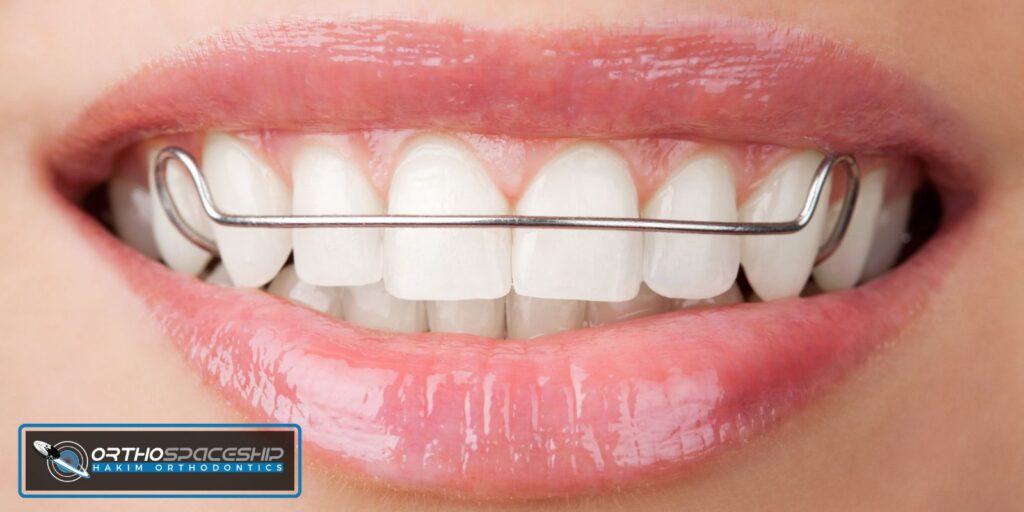
Retainers are used to help maintain the position of the teeth after orthodontic treatment is completed. They can be removable or fixed and are typically worn for several months or even years to ensure that the teeth do not shift back to their original position.
There are several types of retainers, including Hawley retainers, Essix retainers, and fixed retainers. Hawley retainers consist of a wire that is attached to a plastic or acrylic mold that fits inside the mouth. Essix retainers are similar to clear aligners like Invisalign and are made of a clear plastic material that fits over the teeth. Fixed retainers consist of a wire that is attached to the back of the teeth and cannot be removed by the patient.
3. Palatal Expanders
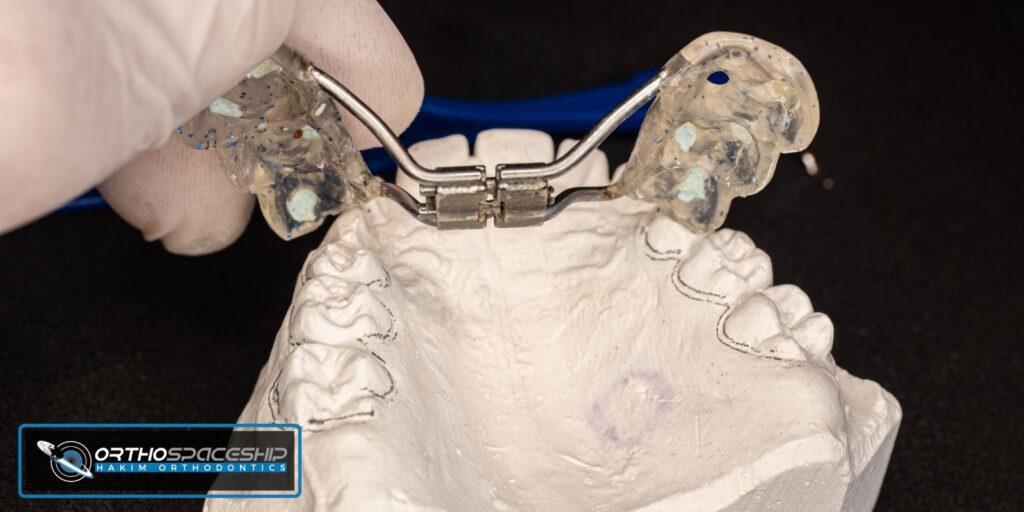
Palatal expanders are used to widen the upper jaw to correct issues such as a narrow palate or crowding of the teeth. They are typically used in children and can be fixed or removable. Fixed palatal expanders are attached to the teeth and cannot be removed by the patient, while removable palatal expanders can be taken out for cleaning and maintenance.
Palatal expanders work by applying pressure to the teeth and upper jaw, gradually widening the palate over time. They are typically worn for several months or even years, depending on the severity of the problem.
Innovative Orthodontic Procedures
Innovative orthodontic procedures use advanced technology to provide patients with more discreet, comfortable, and efficient orthodontic treatment options. These procedures are becoming increasingly popular among patients who prefer a more subtle and convenient orthodontic treatment.
4. Invisalign

Invisalign is a popular orthodontic treatment that uses clear aligners to gradually move the teeth into the correct position. Invisalign aligners are made of a clear plastic material and are virtually invisible, making them a popular choice among patients who prefer a more discreet orthodontic treatment option.
The treatment process involves a series of aligners that are custom-made for each patient. Each set of aligners is worn for about two weeks before being replaced with the next set in the series. Treatment time varies depending on the severity of the orthodontic problem, but Invisalign treatment typically takes between 12 and 18 months.
5. Lingual Braces
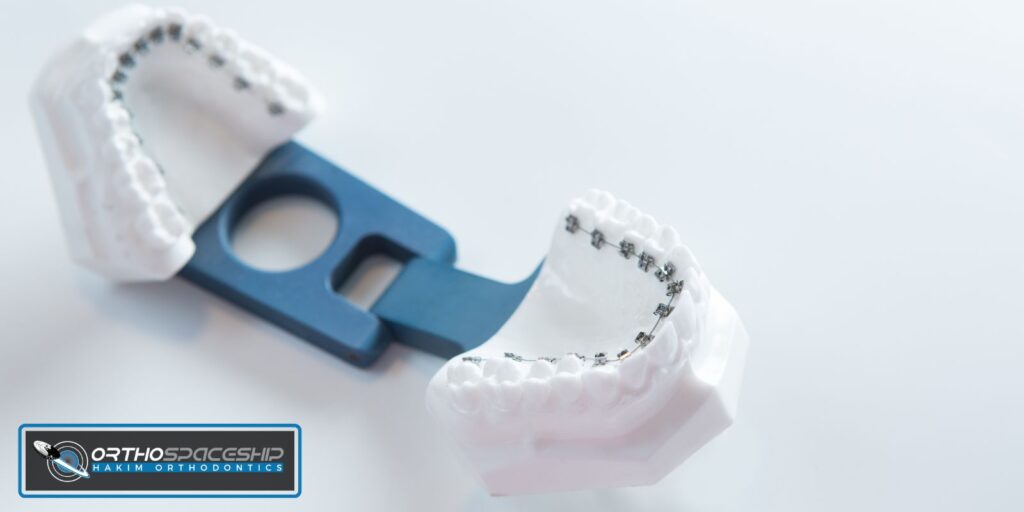
Lingual braces are similar to traditional braces, but they are placed on the back of the teeth, making them virtually invisible. Lingual braces are custom-made for each patient and are a popular choice for individuals who prefer a more discreet orthodontic treatment option.
Lingual braces work by applying pressure to the teeth to move them into the correct position. Treatment time varies depending on the severity of the orthodontic problem, but lingual braces treatment typically takes between 18 and 36 months.
6. Self-Ligating Braces
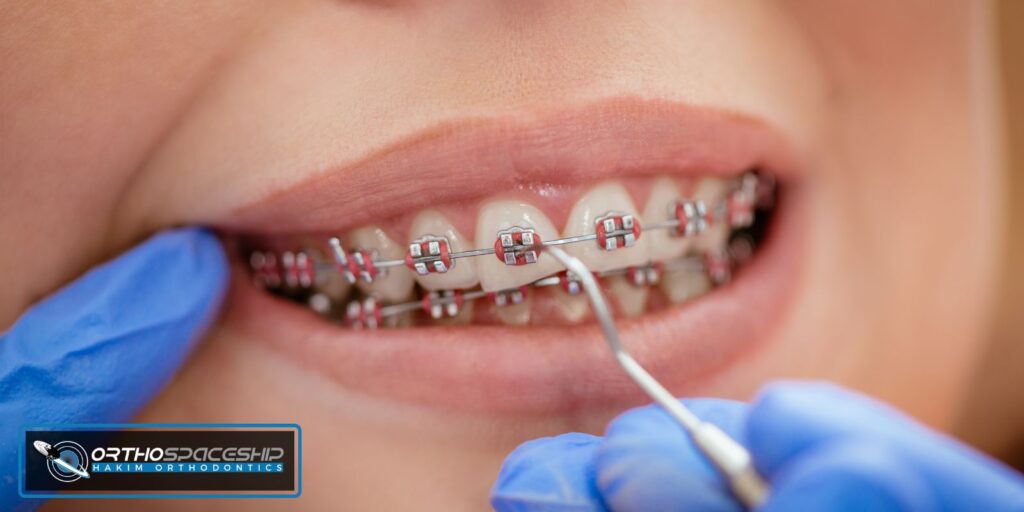
Self-ligating braces are similar to traditional braces, but they use a self-ligating bracket that does not require elastic or metal ties to hold the wire in place. This reduces the amount of pressure that is applied to the teeth, making the treatment more comfortable for the patient.
Self-ligating braces also require fewer adjustments than traditional braces, which means that patients may need to visit the orthodontist less frequently. Treatment time varies depending on the severity of the orthodontic problem, but self-ligating braces treatment typically takes between 18 and 36 months.
Orthodontic Procedures for Specific Cases
Orthodontic procedures can be customized to meet the unique needs of each patient. In some cases, specific orthodontic procedures may be necessary to correct more complex orthodontic problems. These procedures are typically used in cases where traditional orthodontic treatments are not effective.
7. Surgical Orthodontics
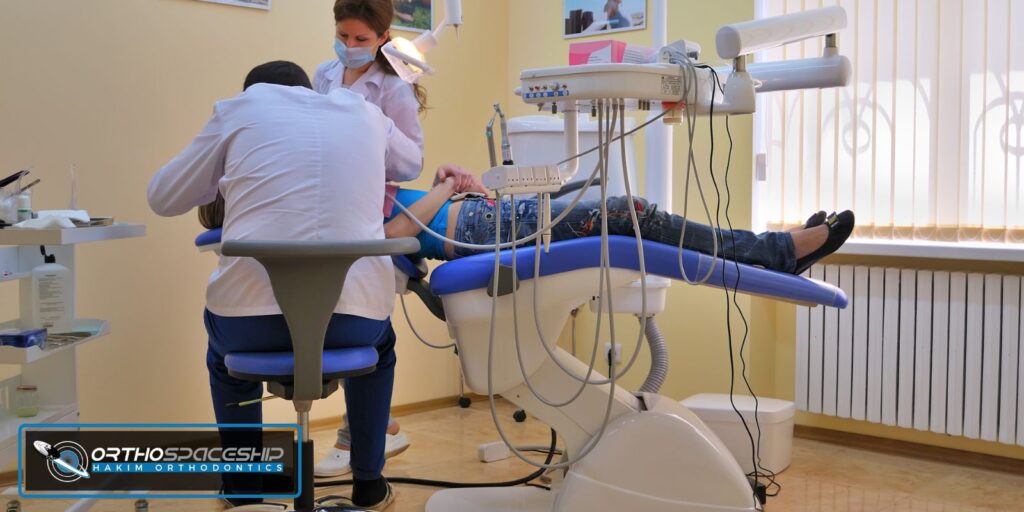
Surgical orthodontics is a combination of orthodontic treatment and jaw surgery. It is used to correct severe orthodontic problems, such as a misaligned jaw, that cannot be corrected with traditional orthodontic treatment.
The treatment process typically involves several stages, including orthodontic treatment to prepare the teeth for surgery, the surgery itself, and post-surgical orthodontic treatment to refine the bite and ensure optimal results. Treatment time can vary depending on the severity of the problem, but surgical orthodontics treatment typically takes between 18 and 24 months.
8. Interceptive Orthodontics
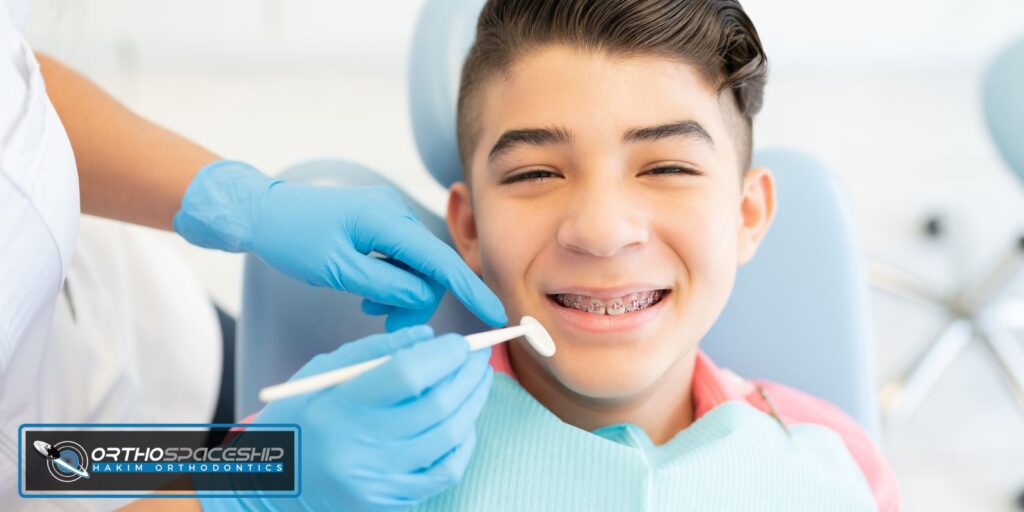
Interceptive orthodontics is used to correct orthodontic problems in children while they still have a mix of primary and permanent teeth. This can help prevent more severe orthodontic problems from developing as the child grows older.
Interceptive orthodontic treatments include appliances such as expanders and space maintainers, which can help create more space for permanent teeth to grow in properly. Treatment time varies depending on the severity of the problem, but interceptive orthodontic treatment typically takes between 6 and 12 months.
9. Adult Orthodontics

Adult orthodontics is becoming increasingly popular as more adults seek to improve their oral health and the appearance of their teeth. Adult orthodontic treatment can be used to correct a wide range of orthodontic problems, including crowded or crooked teeth, overbites, and underbites.
The treatment process is similar to that of traditional orthodontic treatment, but may take longer due to the denser bone structure of adult teeth. Treatment time varies depending on the severity of the problem, but adult orthodontic treatment typically takes between 18 and 36 months.
Conclusion
Orthodontic procedures are an important aspect of maintaining good oral health and achieving a beautiful smile. Whether you need traditional braces or a more innovative orthodontic treatment, there are many options available to meet your unique needs.
In this comprehensive guide, we have covered the different types of orthodontic procedures that are commonly used to straighten teeth and improve oral health. From traditional braces to Invisalign, lingual braces, and self-ligating braces, there are many different options available to help you achieve the smile you have always wanted.
We have also covered orthodontic procedures that are designed to meet the specific needs of certain cases, including surgical orthodontics, interceptive orthodontics, and adult orthodontics.
If you are considering orthodontic treatment, it is important to speak with an orthodontist to determine the best treatment option for your needs. Orthodontic treatment can help you achieve a straighter and healthier smile, so don’t hesitate to explore the options available to you.
Thank you for reading our comprehensive guide to orthodontic procedures. We hope you found it informative and helpful in your decision-making process.
